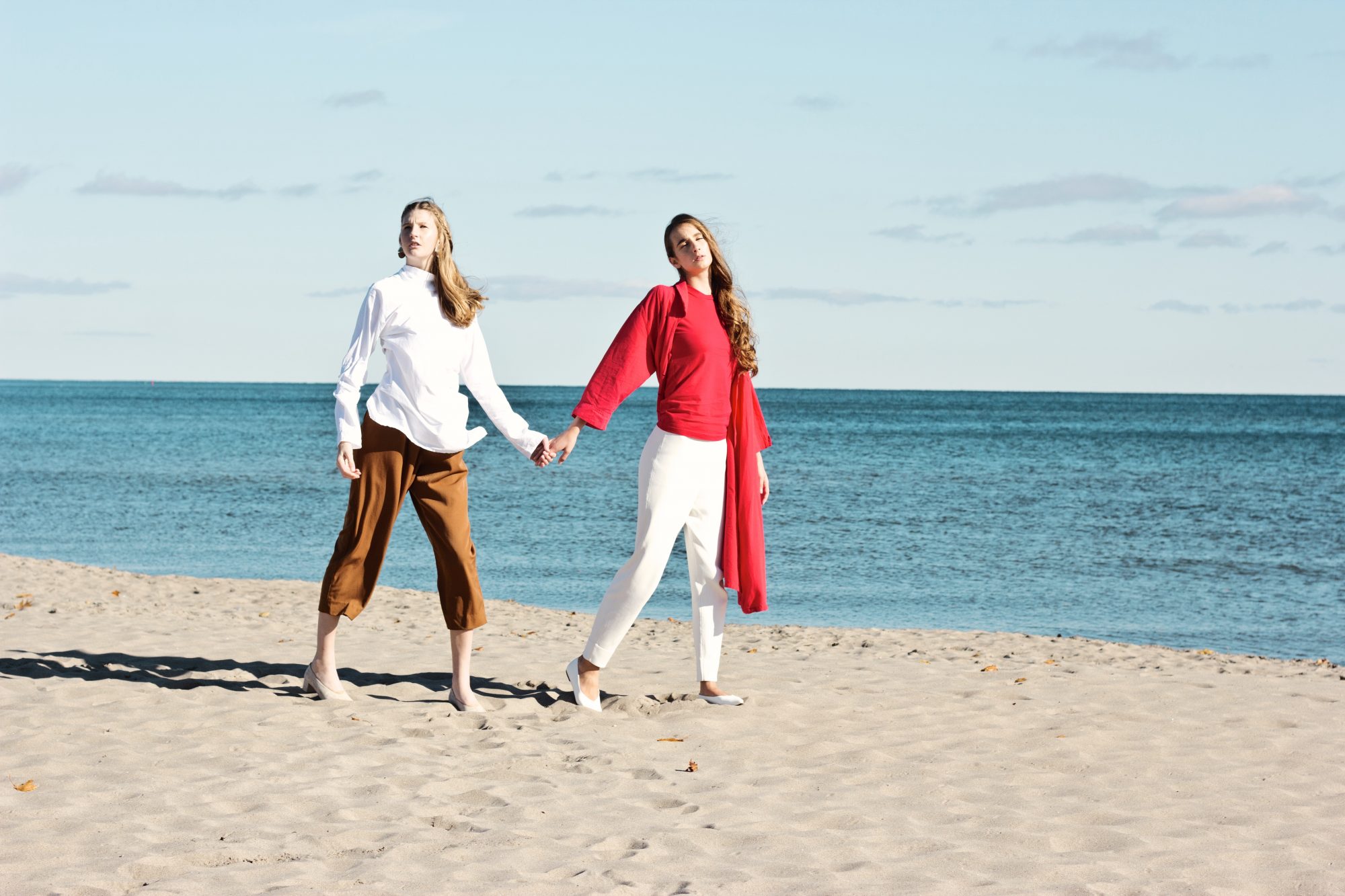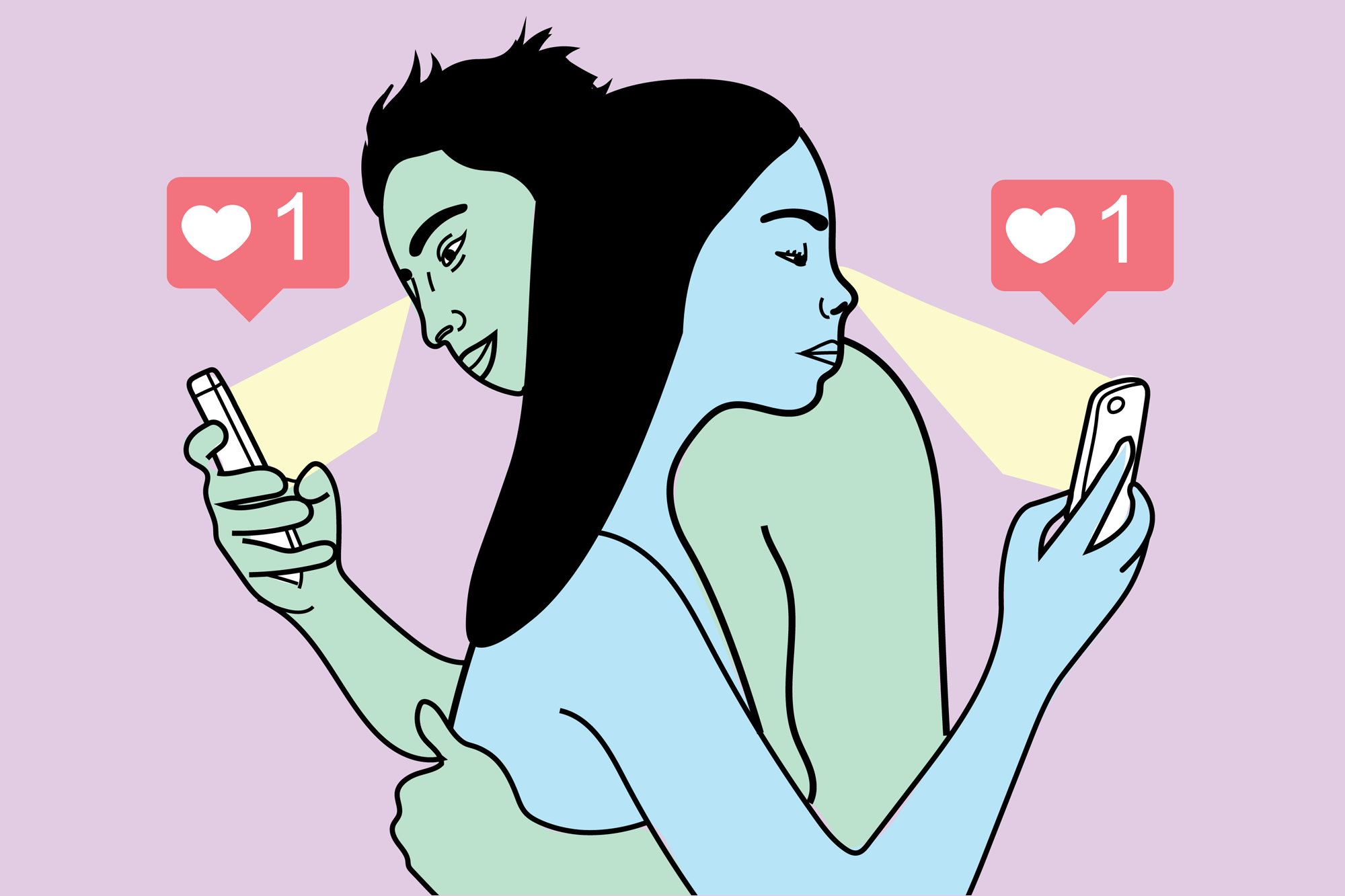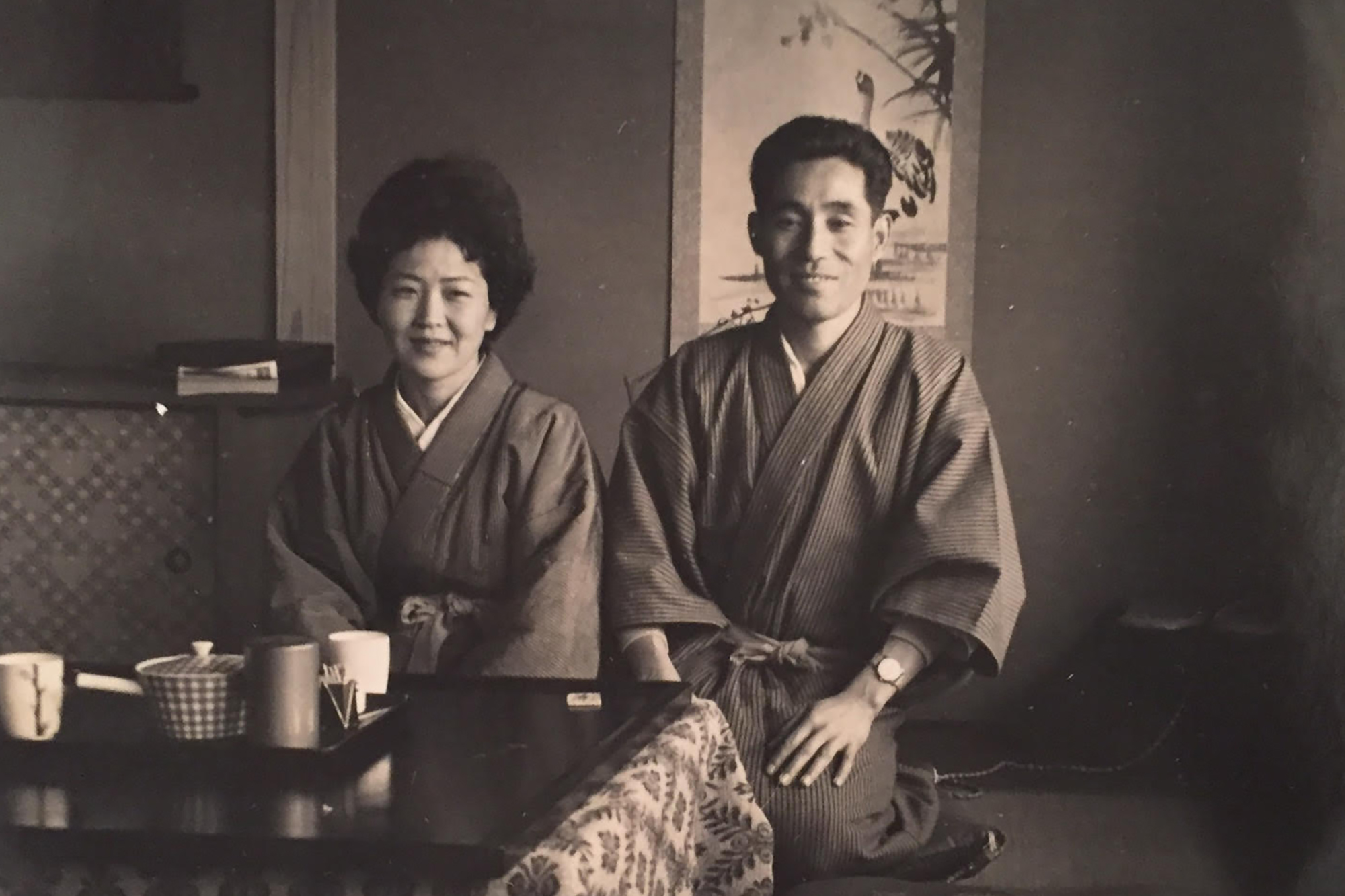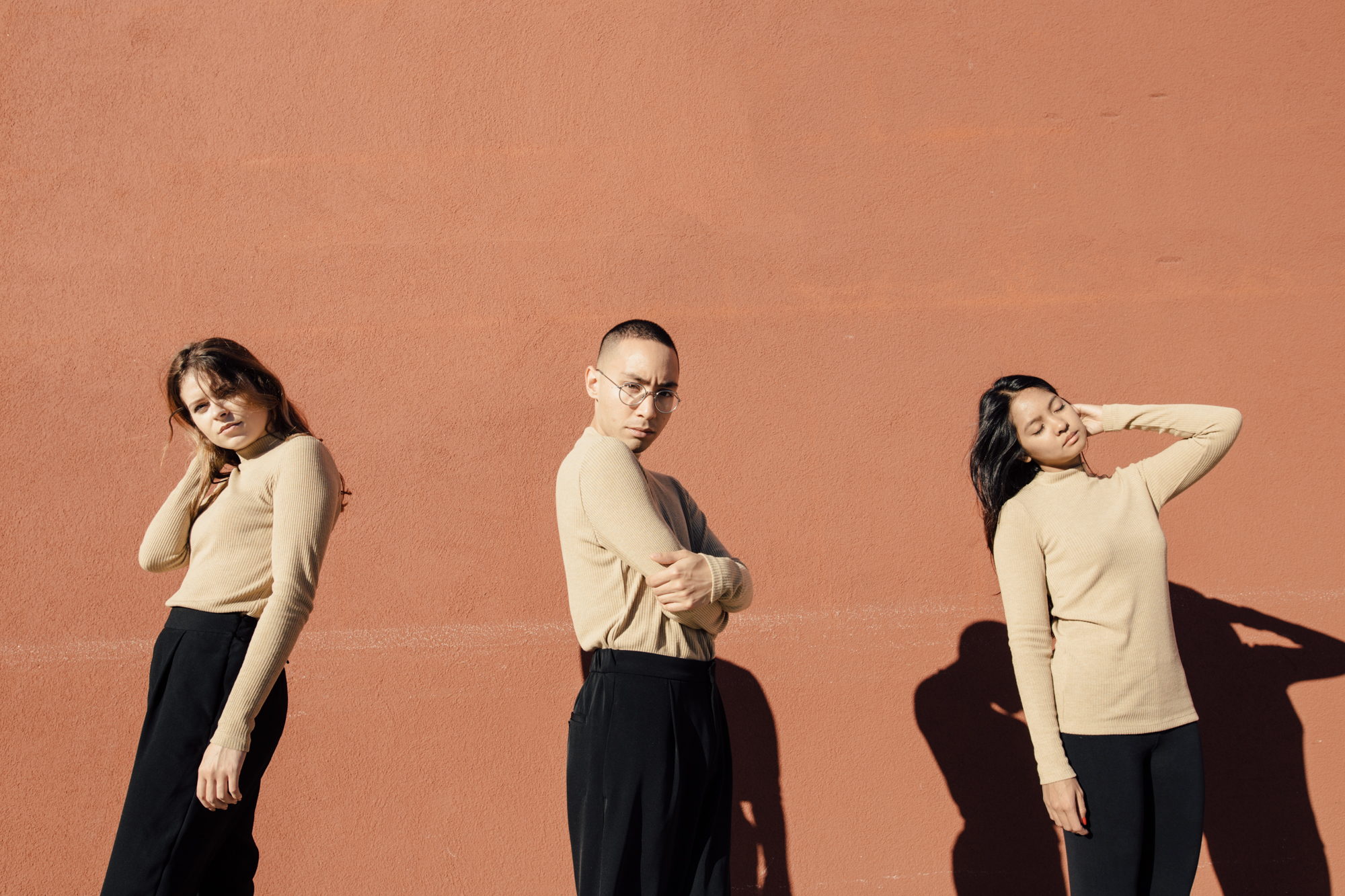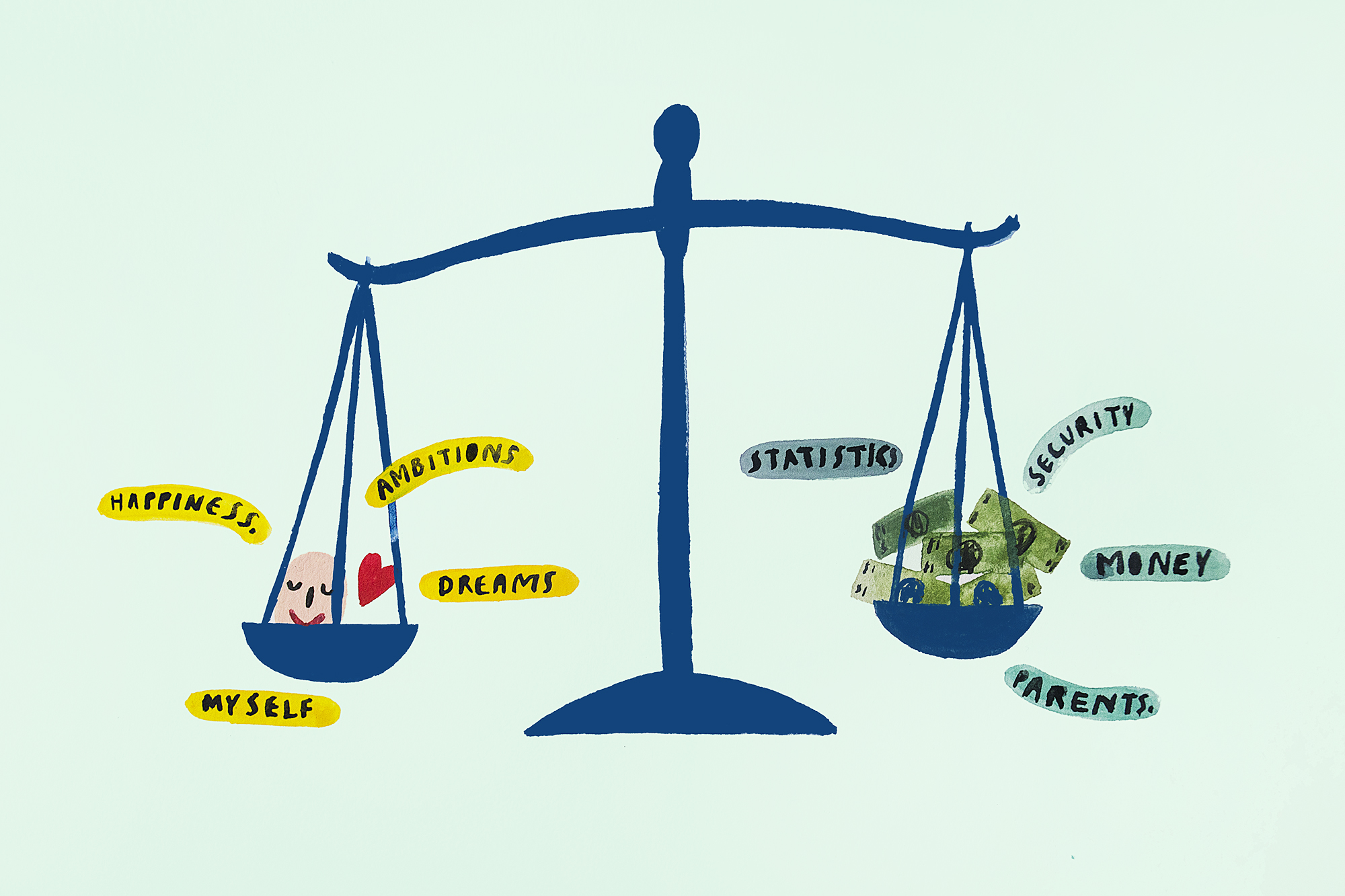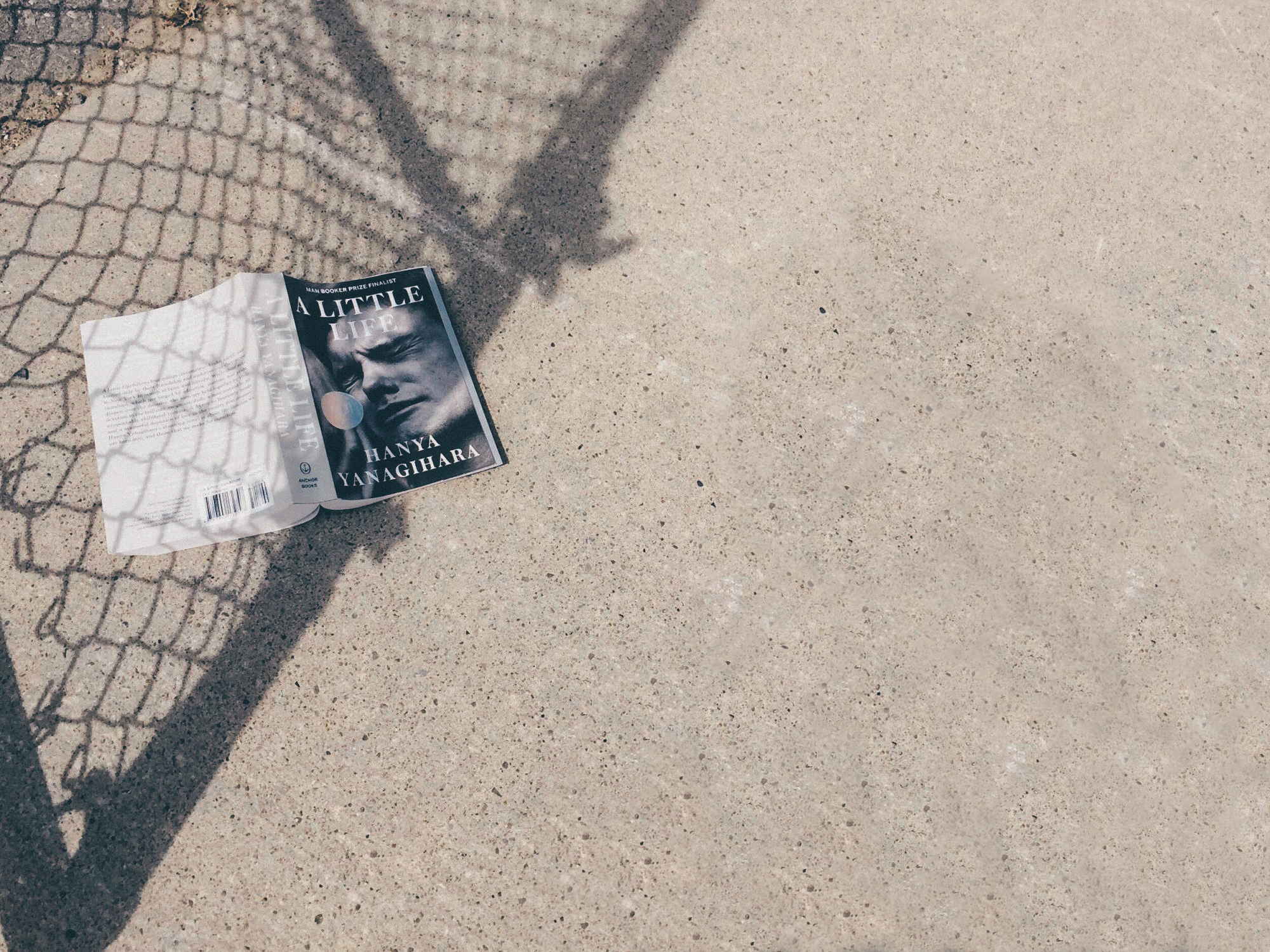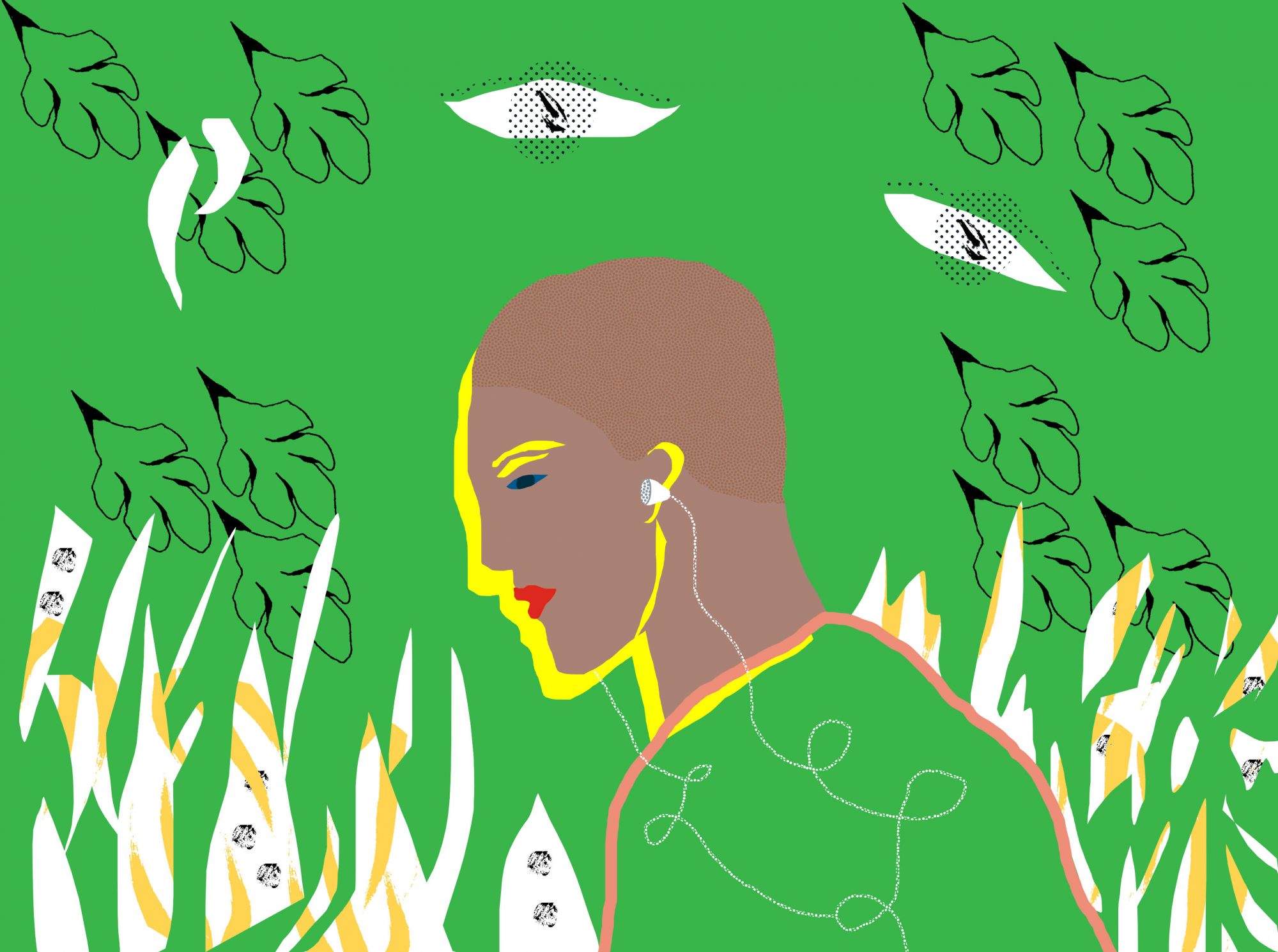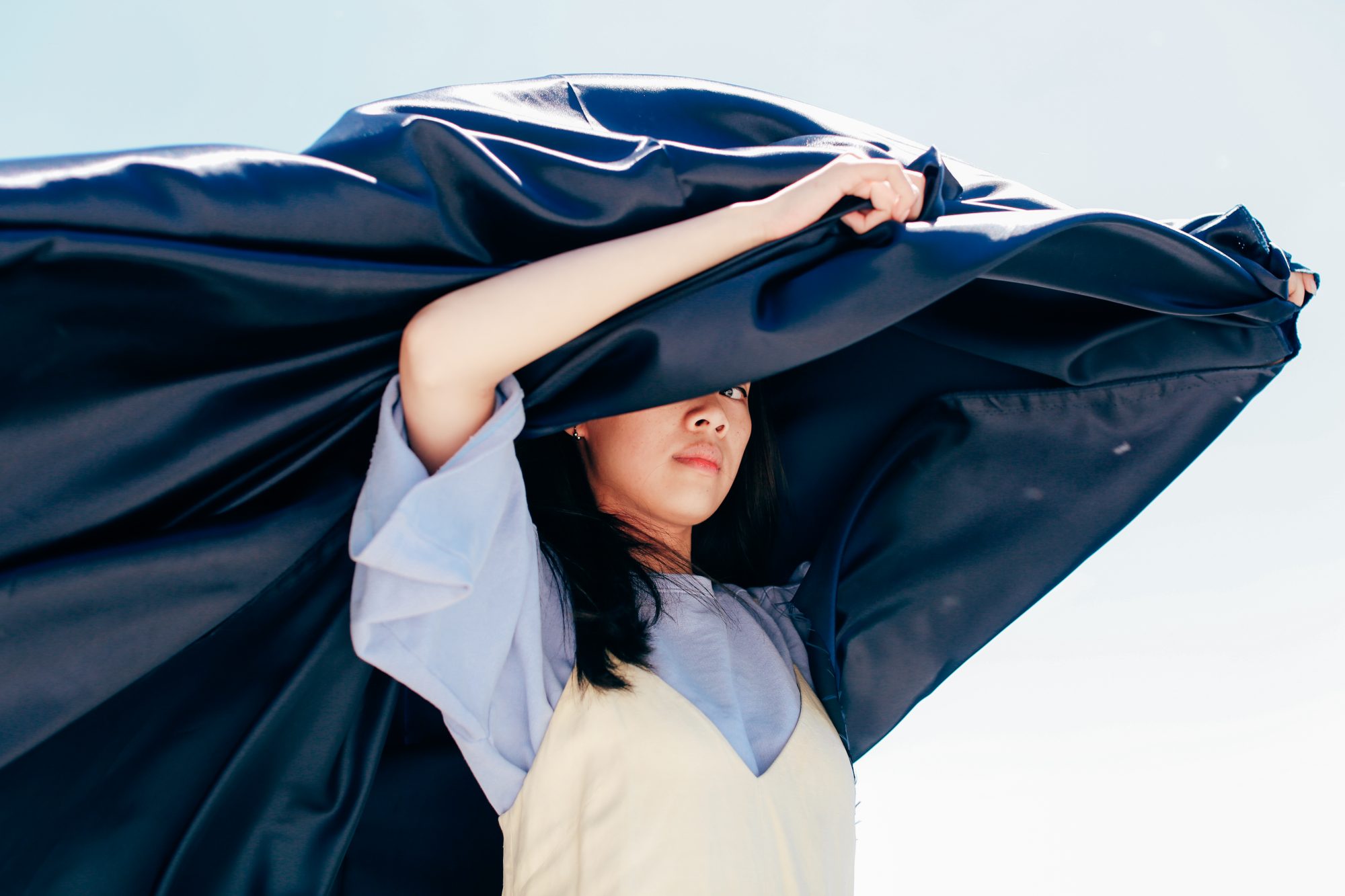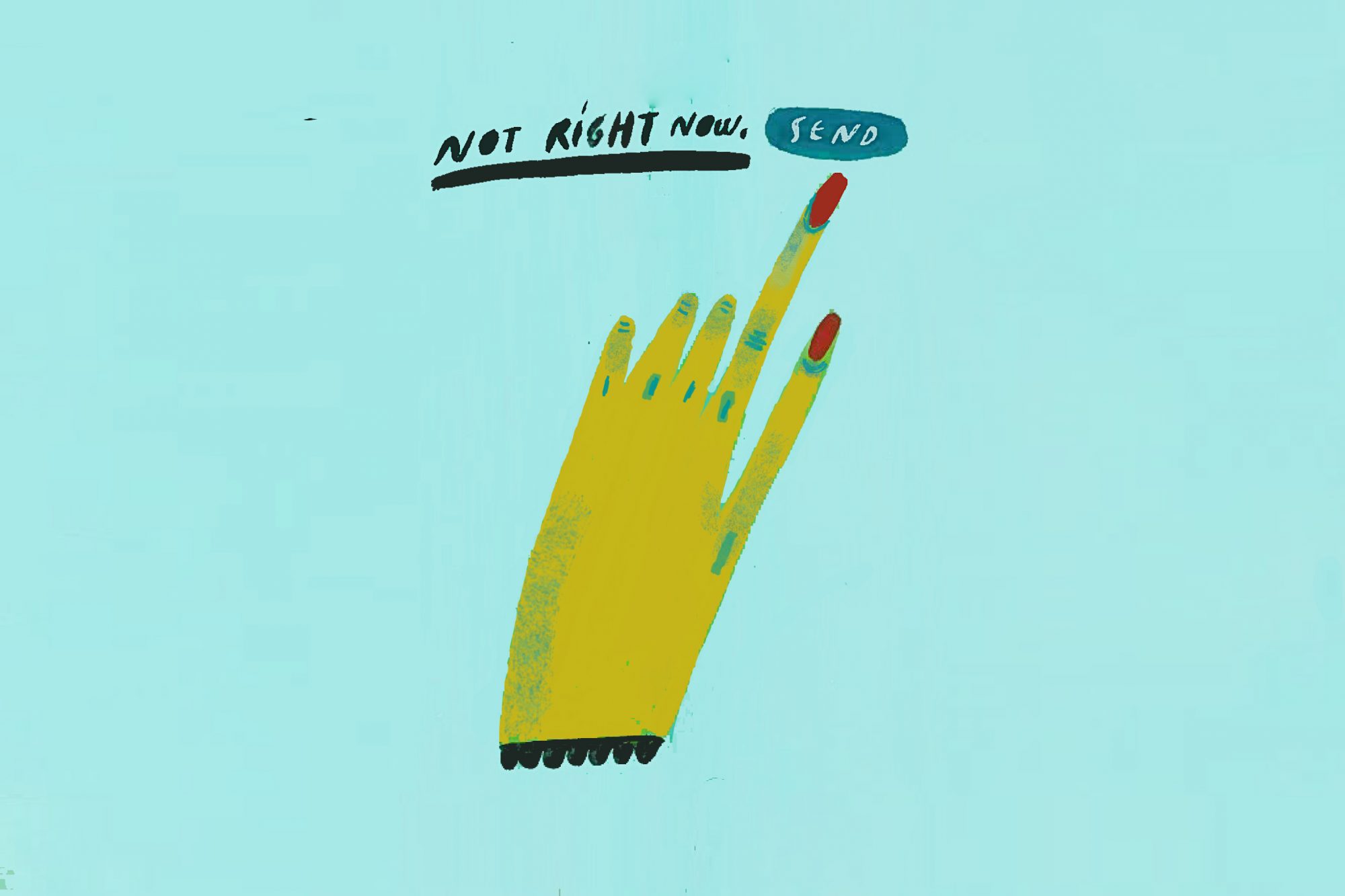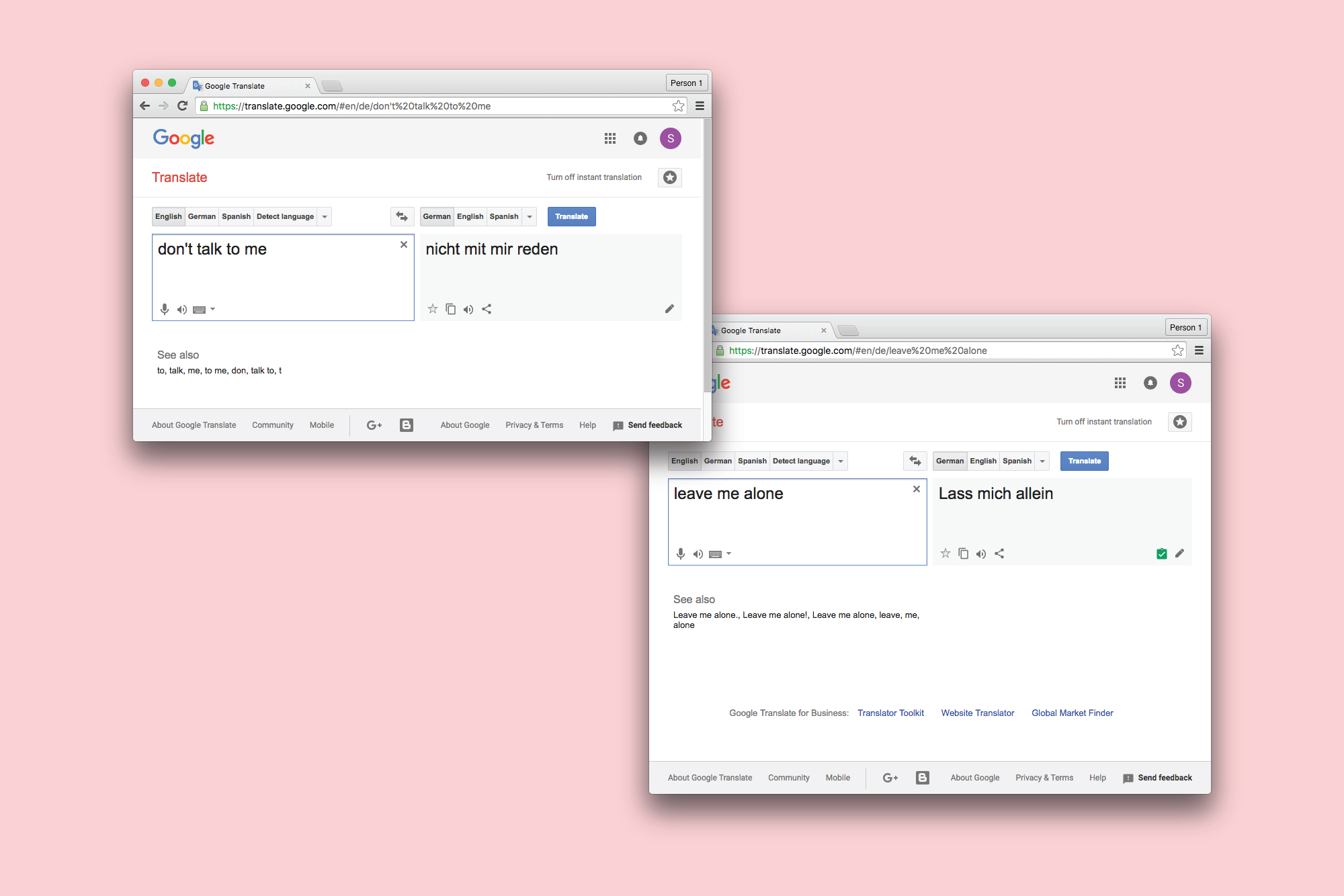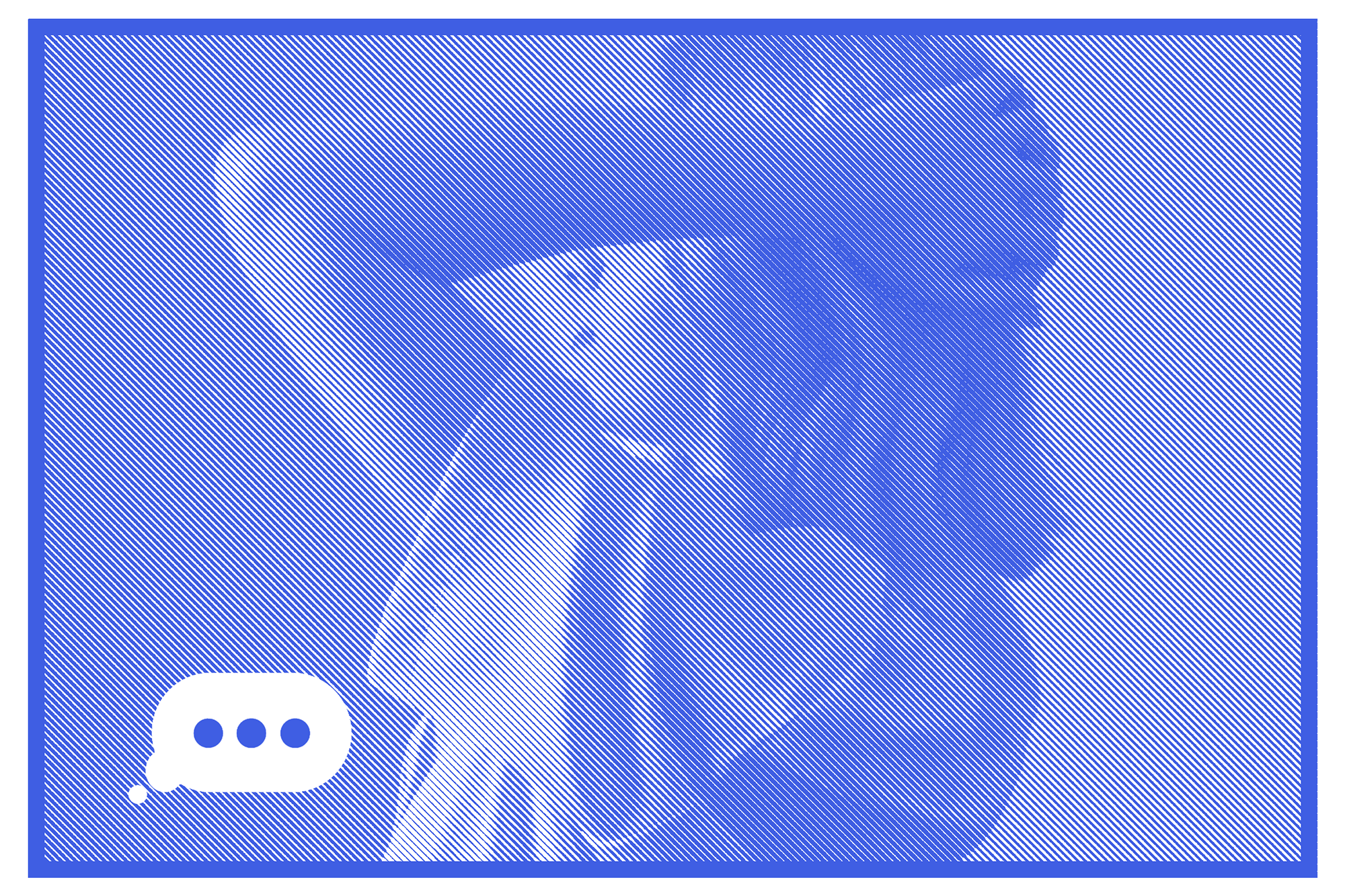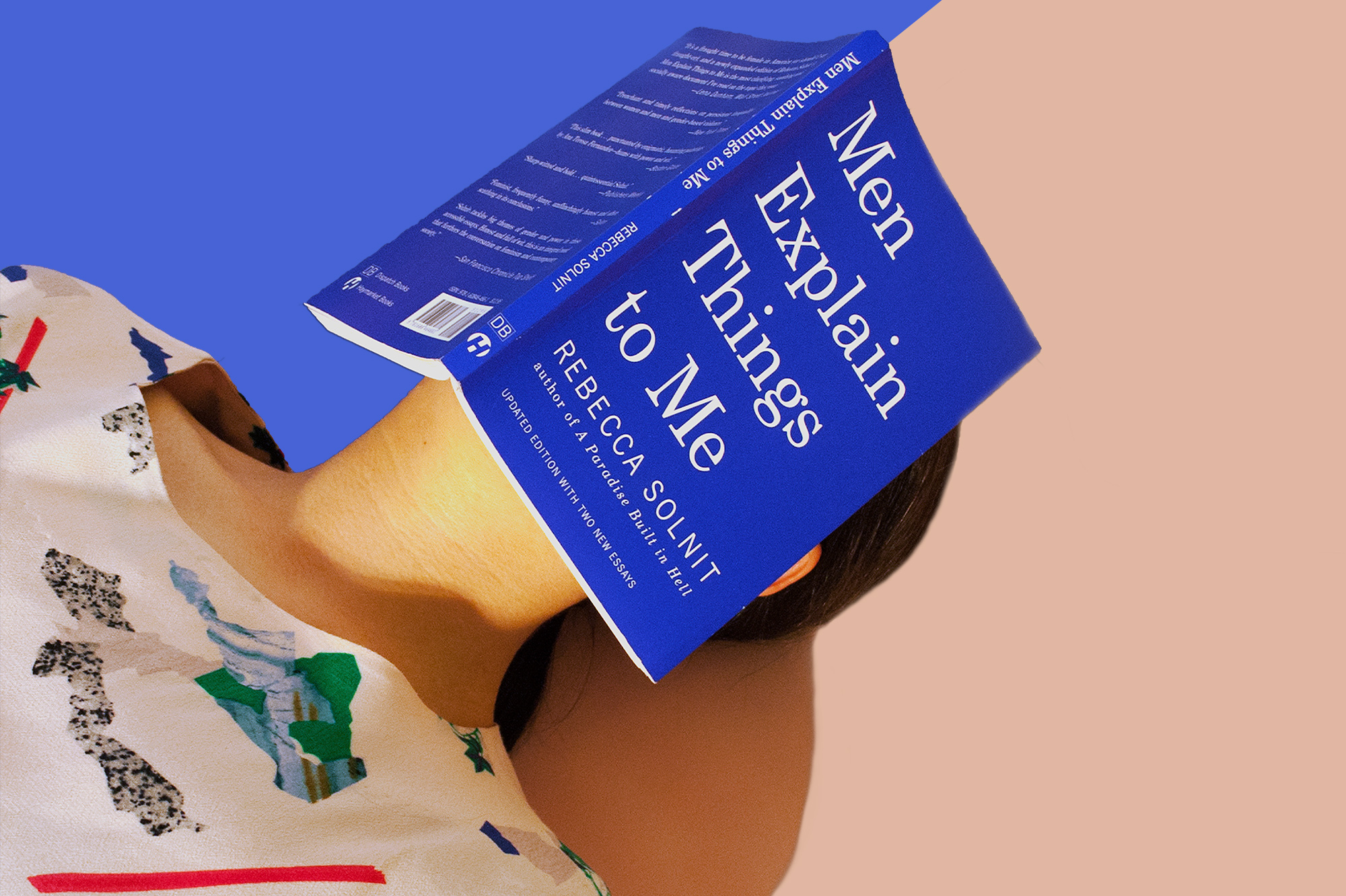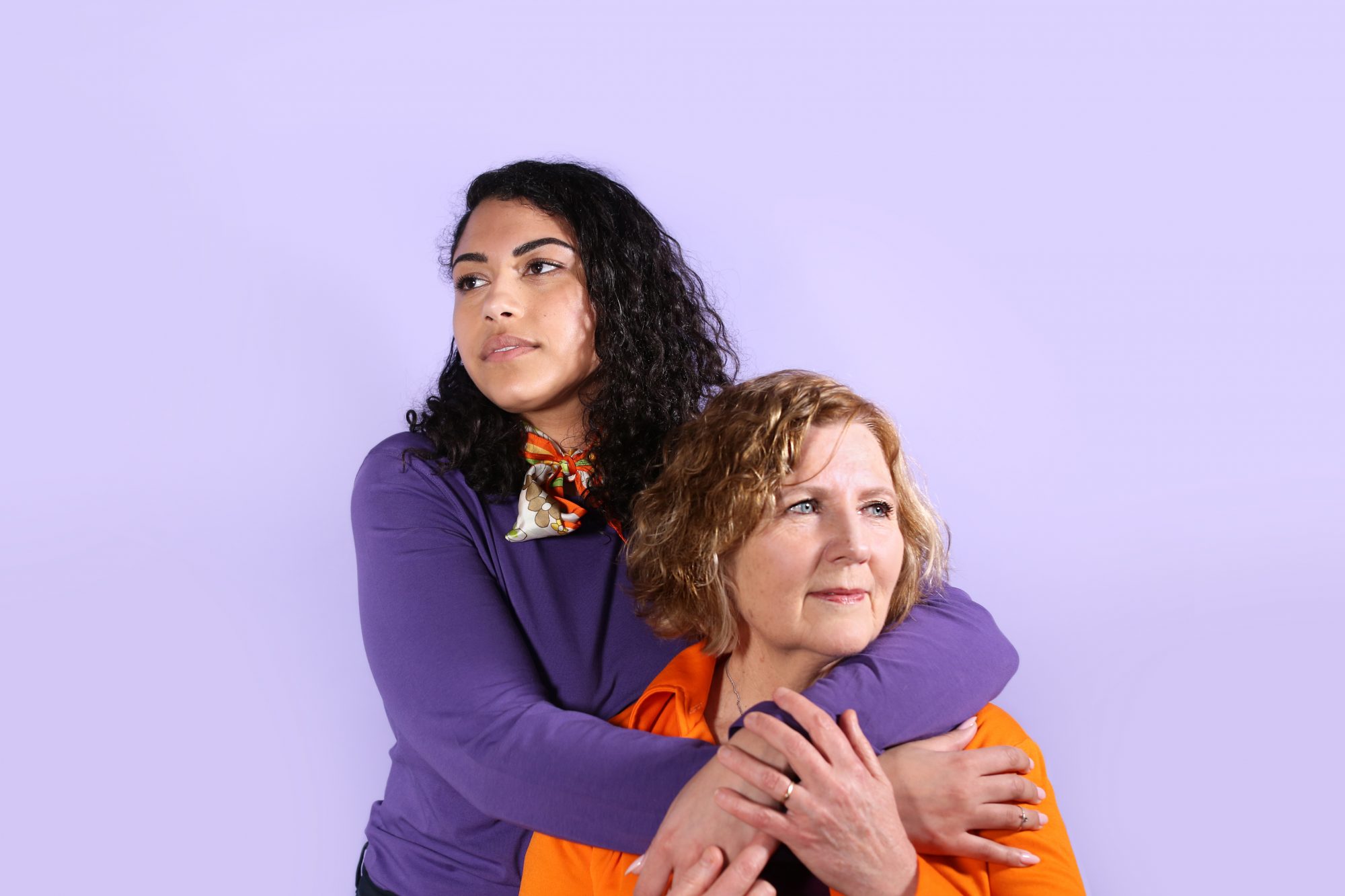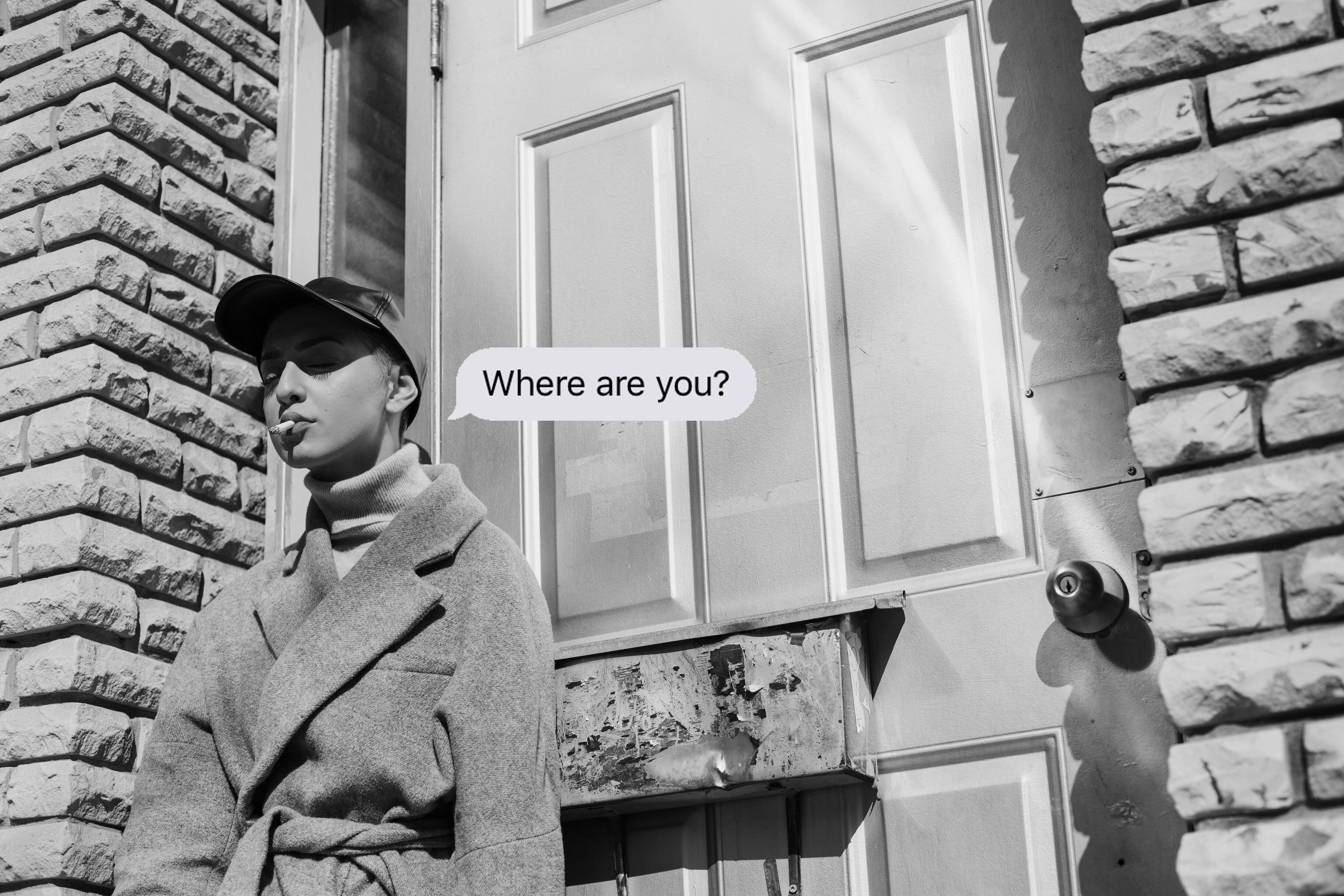culture
The Modern Witch

As a girl growing up at the end of the 90s witch sensation, I was riding on a cultural high of female power. I worshiped pop culture witches like Kiki, Hermione, Sabrina the Teenage Witch, Willow from Buffy, The Scarlet Witch, and Kate Bush (definitely a witch). I collected crystals, crafted wands, and brewed homemade potions. I had a crystal ball and a Magic 8 ball and they were equally powerful. I even have a black cat (and still do to this day).
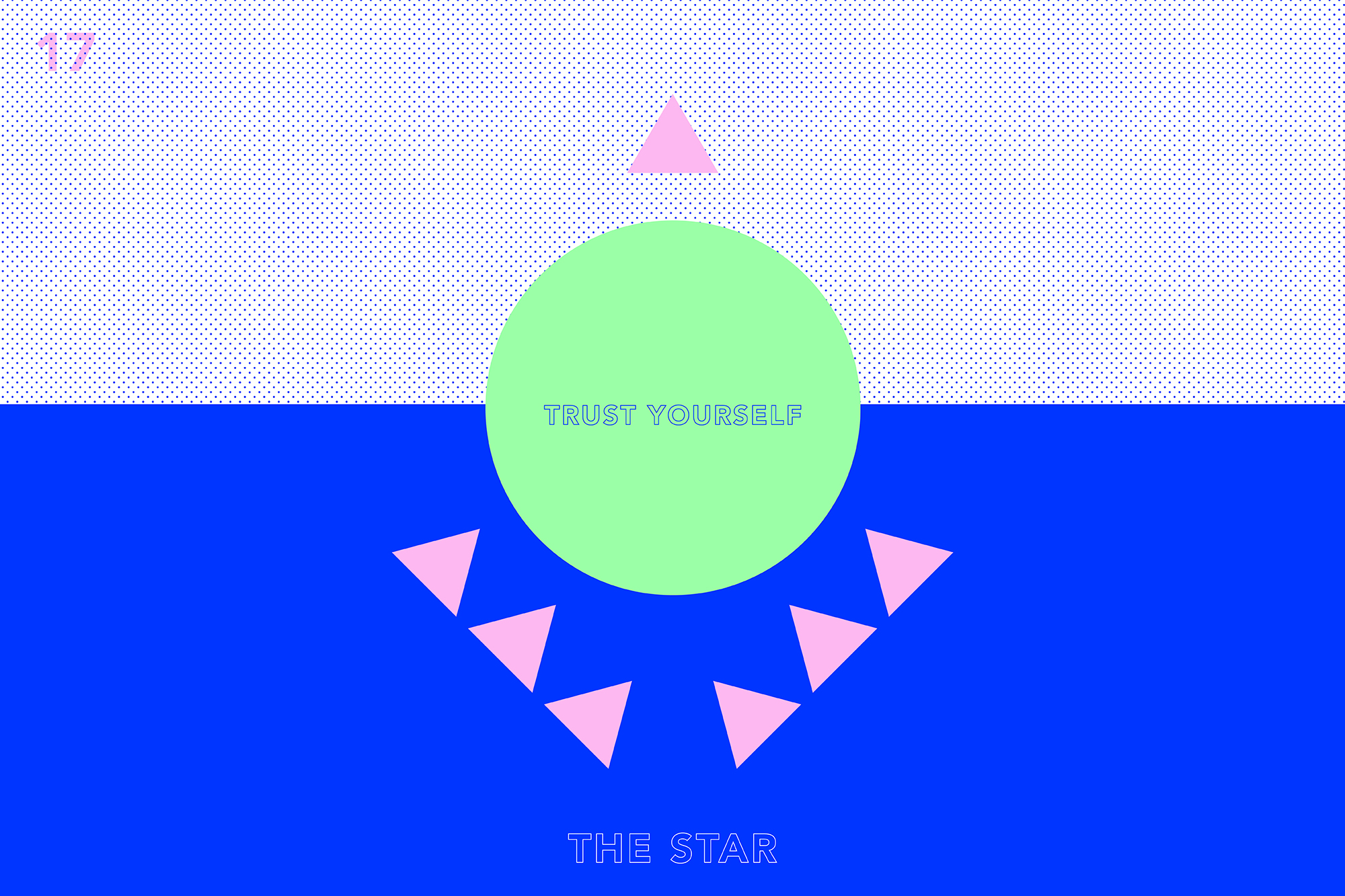 Graphics by Kate McDermott
Graphics by Kate McDermott
As well, being a child of first and second generation immigrants of Ireland, I have strong ties to Catholicism. When I was younger, I struggled with the idea of God because it never felt honest or right. I resigned myself to an agnostic, and later a staunch atheist. Now that I’m older, I have regained a connection to witchcraft and I want to make it clear — I am not a witch.
My connection to witchcraft grew out of an extension and exploration of my Irish heritage that rejects the Catholic church, which I never felt a part of.
Modern witchcraft is a way for me to reach further into my ancestry to Celtic pagan practices that defied the church and continue to do so; it is a chance for spirituality to be really radical, anti-patriarchal, anti-capitalist, pro-environmental, and more importantly, positive! As I see it, it is a practice that allows for independence and active participation versus submission to oppressive institutions and doctrines. This was revolutionary for me as a feminist.
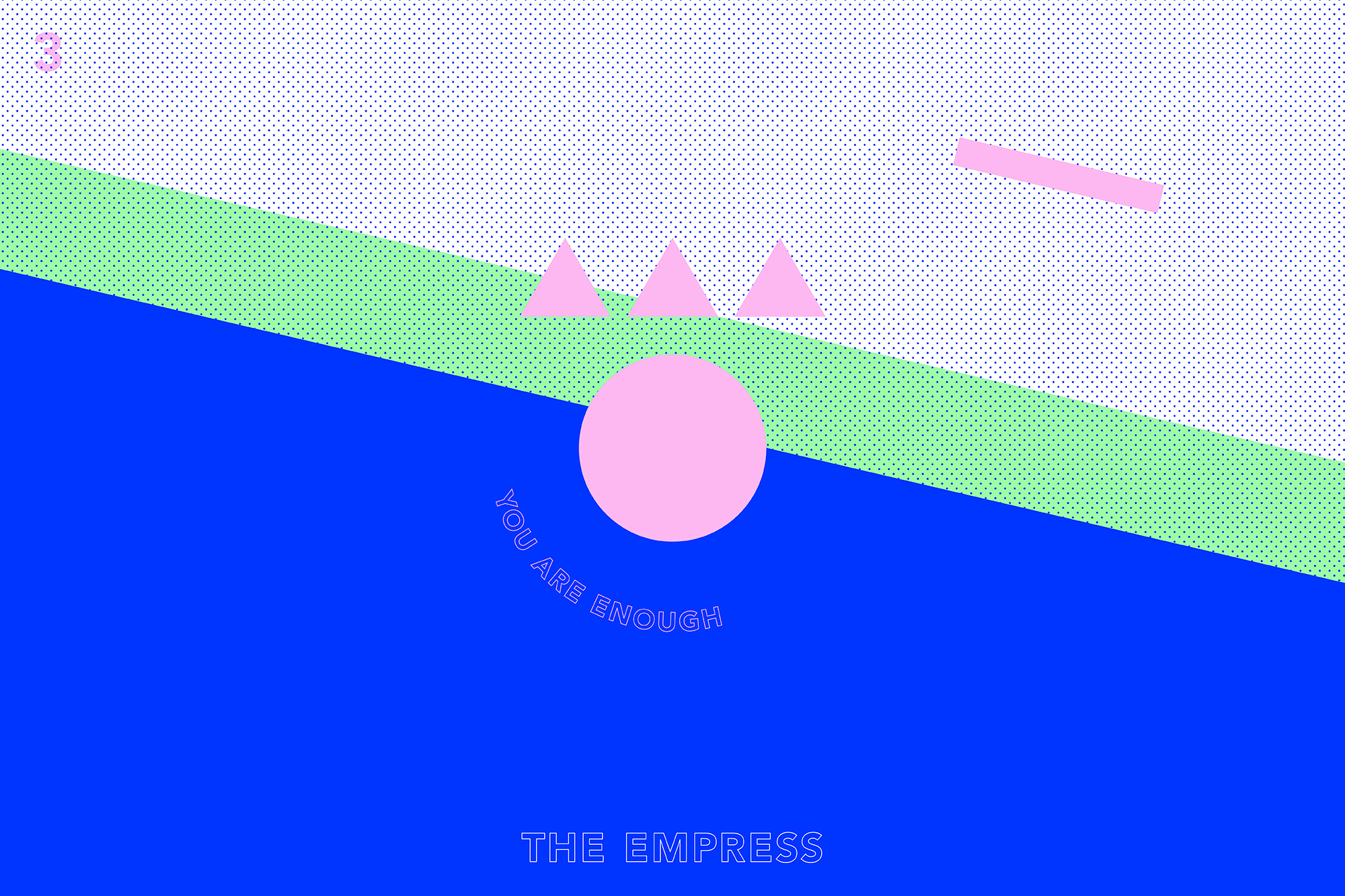
The contemporary form of witchcraft is extremely diverse and covers many different practices such as spell casting, working with energies, goddess or god worship, natural healing, and much more. It falls under the umbrella of Contemporary Paganism, or Neopaganism. Wicca, is the largest and best known faction. At the core of these beliefs is a love for the Earth and all the materials and beings that reside on it. Witchcraft encompasses public and private worship, which means it can be practiced in a coven or solitude. It is a true practice, in the sense that it is based in action and the power comes from the intention of that action.
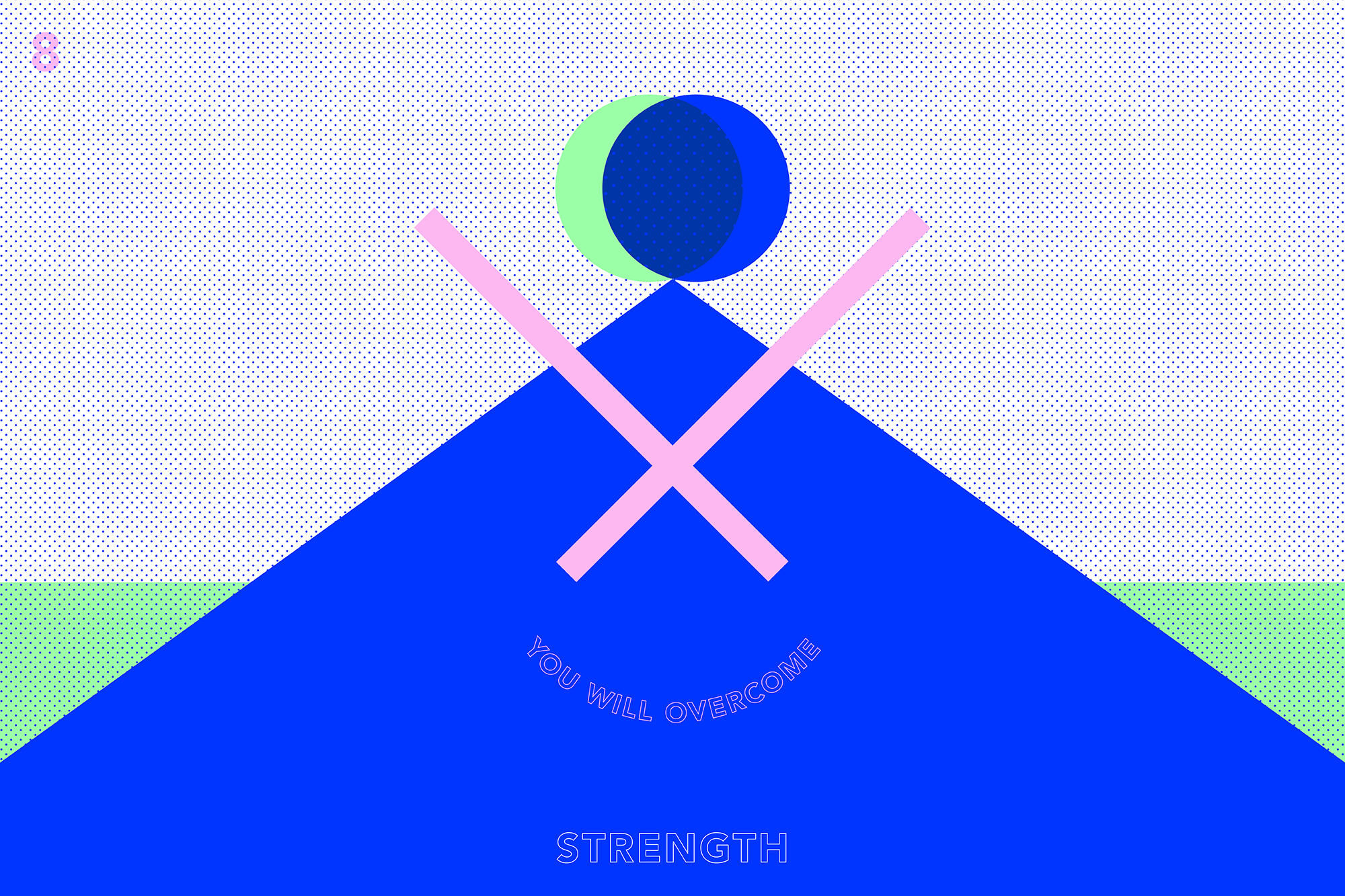
The online community of modern witches is breathtakingly inspirational and ever-growing in size and influence. #witchesofinstagram is a source of endless support, positivity, and celebration. Many young women like myself are latching onto this community as a political outlet. The movement resonates so strongly with feminism because it encompasses overlapping values like emphasis on autonomy in practice; celebration of feminine traits; freedom of choice; independent approach to faith; rejecting and re-purposing patriarchal institutions like healthcare; and emphasis on listening to yourself and your inner voice, intuition, and emotions.
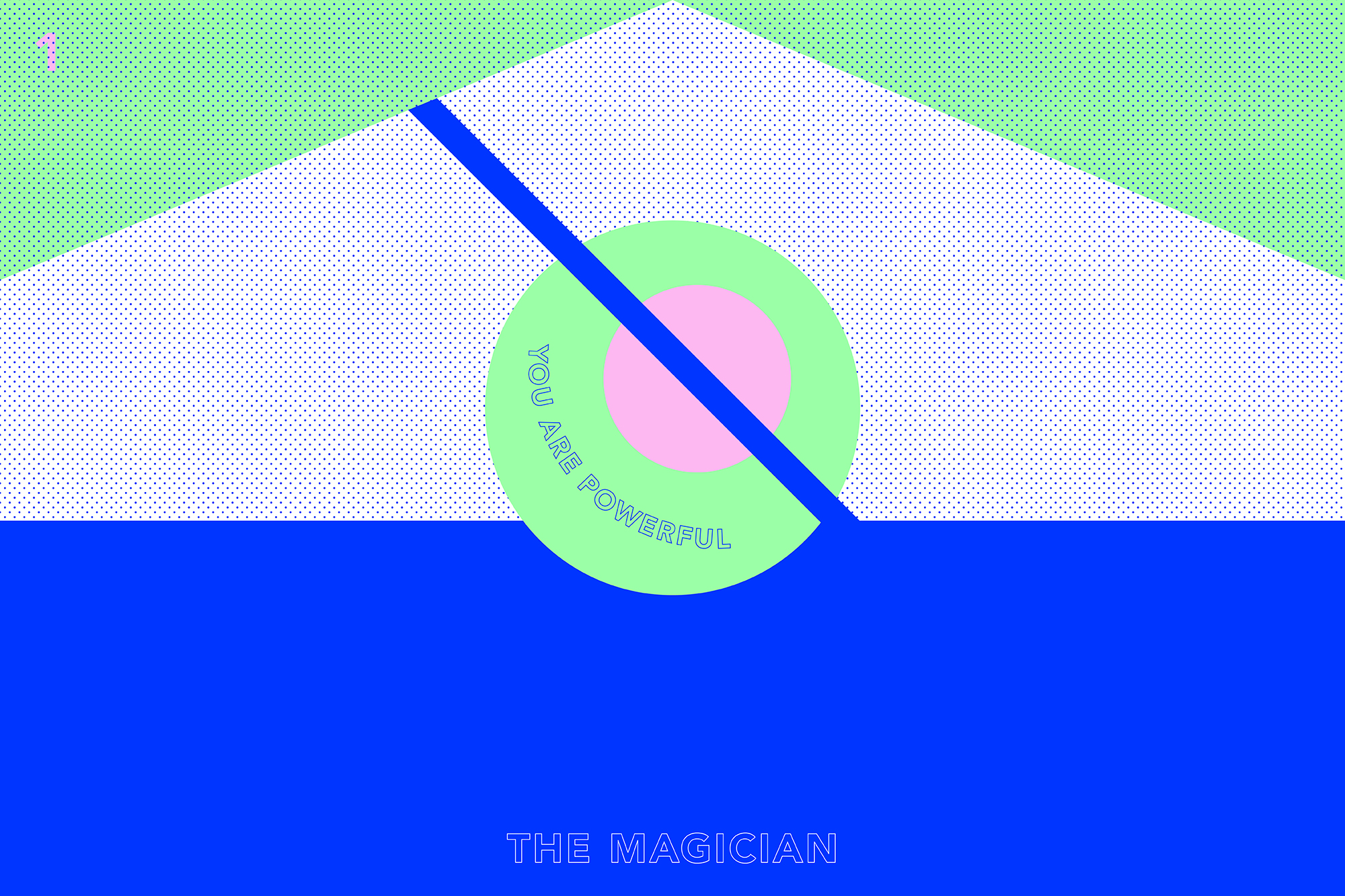
A lot of the pull to witchcraft for young women has to do with the fact that witches’ powers are derived inherently from femininity. Feminine power is scary and a lot of people (cough, men) write off witchcraft as a phase or a trend, but it is more ancient than many dominant religions, and it’s here to stay! The importance of sisterhood and women supporting women (including especially queer women and trans women) is inherent in the community.
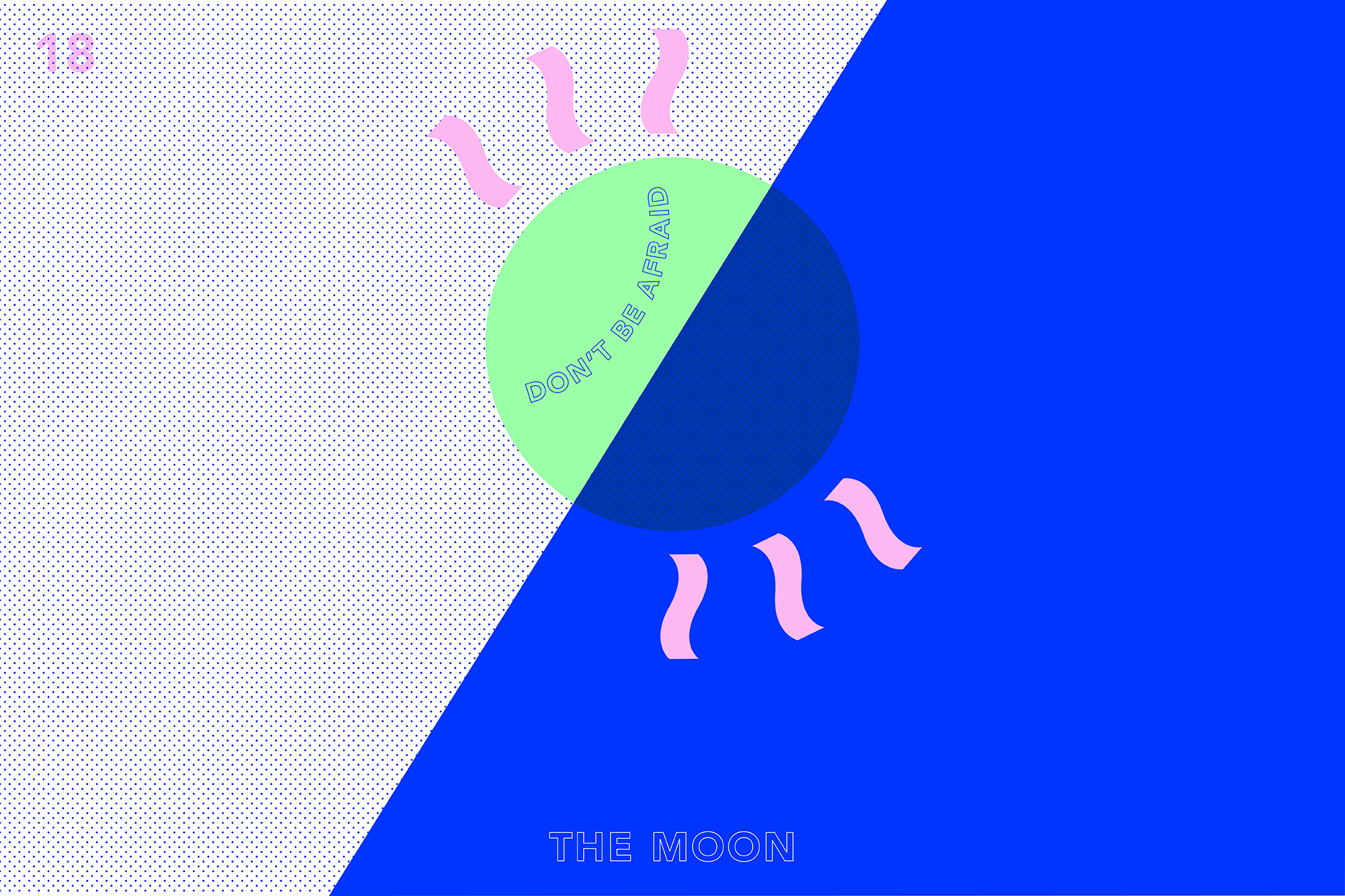
Witchcraft tells women to trust their intuition unconditionally. In a society that often forces us to question the legitimacy of our own opinions and constantly justify them, witchcraft is the antithesis of that attitude. It is so common for women to present opinions as questions as if we don’t trust ourselves, and for others to gaslight and condition us to not believe in our own memories and experiences. In contrast, practices like tarot are examples from witchcraft that support trusting ourselves and finding our own answers within. Witchcraft teaches women to embrace emotion as something positive, rather than a patriarchal sign of weakness.
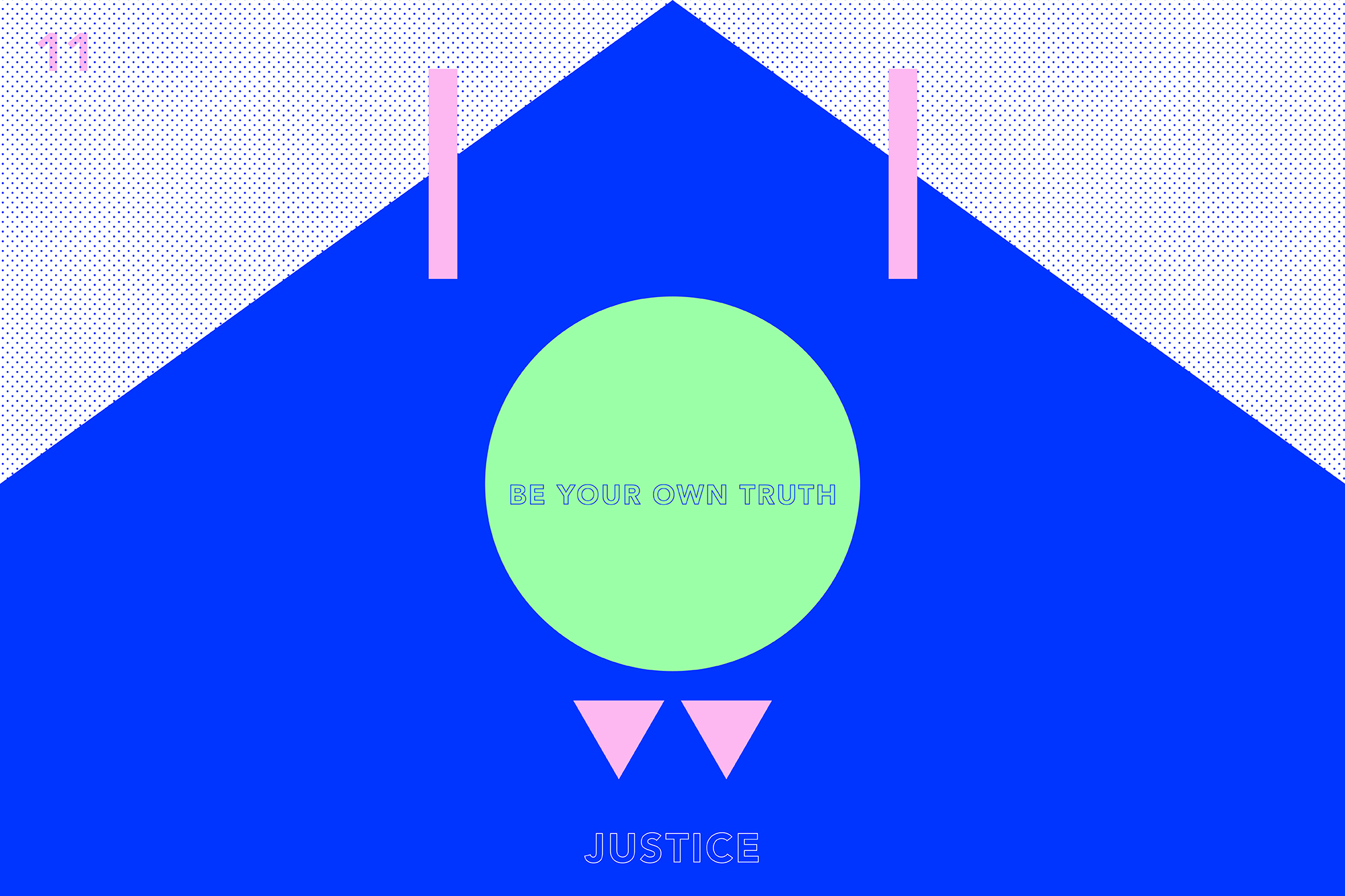
Personally, witchcraft has allowed me to find power in the women who love and support me, strength in my feminism, and magic in my small but significant rituals. I channel ‘witchiness’ in my fashion choices — wearing almost exclusively black — and I try to intimidate men who cross my path (lol). In these ways, witchcraft guides me and will continue to do so as I expand my journey of exploration into personal heritage. Just grasping at the edges has allowed me to redefine my roots and branch away from oppressive institutions to a place of powerful and positive resistance.
Kate is a cross-disciplinary designer and craft lover, known to worship at the shrine of minimalism, and gaze lovingly at the moon. You can follow her on Instagram to see more of her work!



